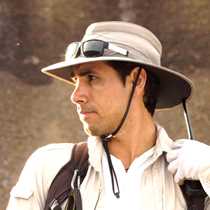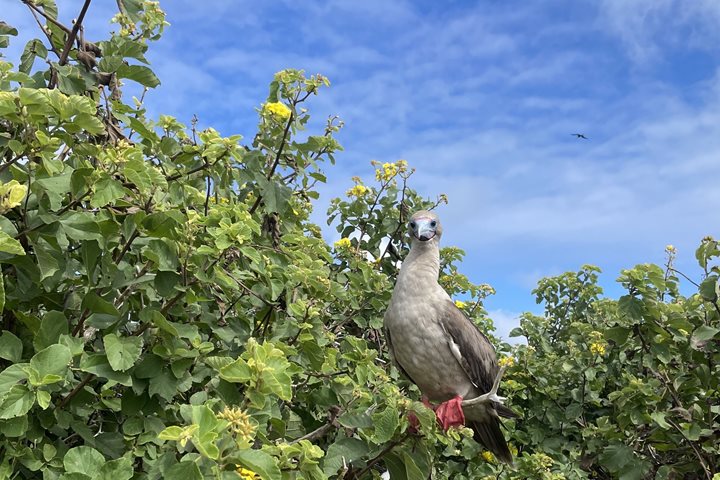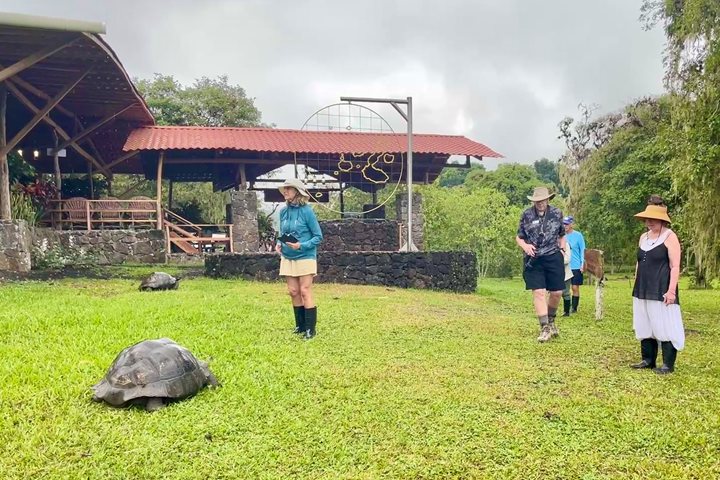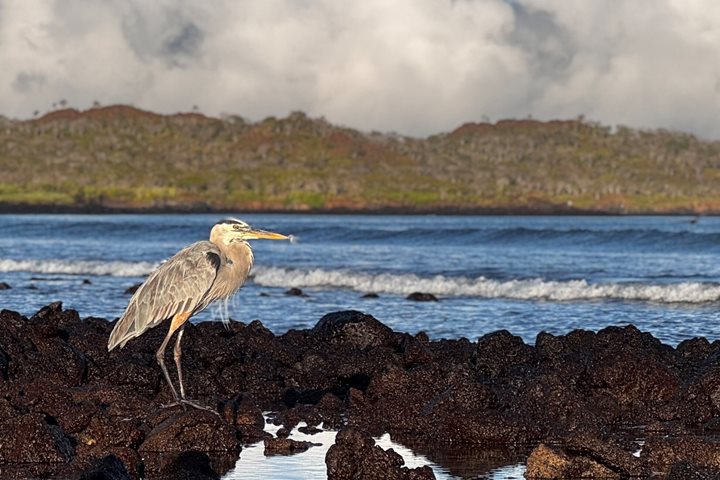Española is the oldest and southeastern-most island in the archipelago, mostly eroded and volcanically inactive for several million years. The nutrients from the very rich marine currents give this island the last breath of life, allowing a vast amount of seabirds, sea lions and marine iguanas to coexist successfully. Today the National Geographic Endeavour II visited two iconic places on Española: in the morning, we saw Gardner Bay, a beautiful white sand beach, great place to snorkel and interact with sea lions; and in the afternoon, Punta Suarez, a world class site for seabird watching.
5/29/2025
Read
National Geographic Gemini
Genovesa Island
Genovesa is considered one of the Galapagos crown jewels, and today it was showing off all of its splendor. Immediately after breakfast we put on our sturdy shoes and set out to explore Prince Philip’s Steps. This area is known for opportunities to observe not only large colonies of nesting Nazca and red-footed boobies, but maybe, just maybe, the short-eared owl which exhibits diurnal behavior on this island. After this walk we got ready for a dip in the Pacific Ocean and snorkeling along the inner coast of this caldera. The afternoon was equally amazing as we disembarked to explore Darwin Bay, along a short and easy trail that was packed with wildlife. Here we observed not only nesting frigatebirds, red-footed boobies, and Nazca boobies, but also a few yellow-crowned night herons. It was another incredible afternoon in the Galapagos Islands.







